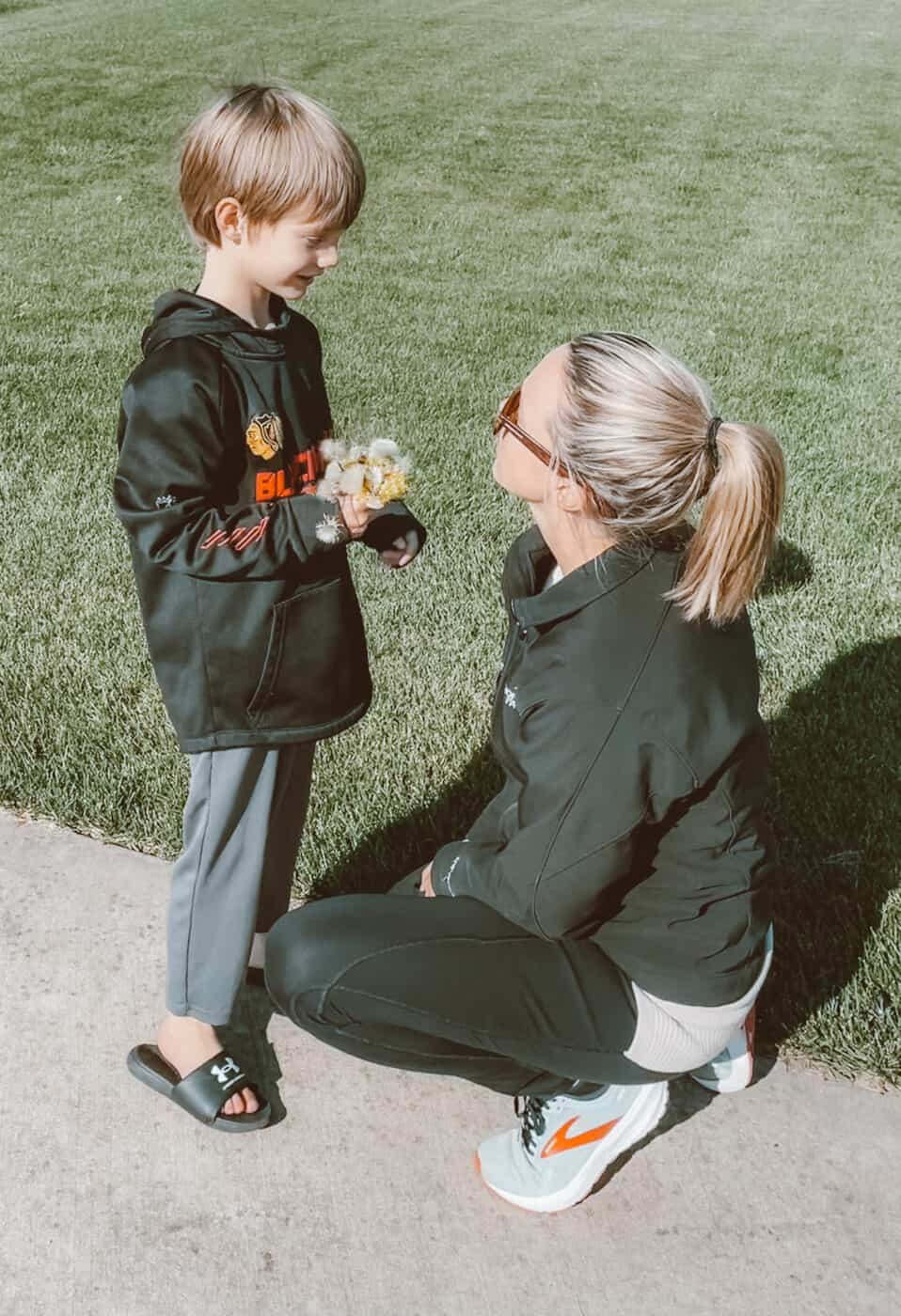Going Out to Dinner with Kids While on a Sleep Schedule
Co-Regulation And Its Impact On Sleep Training
When it comes to sleep training, the end goal is a child who can self-soothe and thus, move independently through sleep cycles. While the Sleep Wise method utilizes a variety of proven sleep training techniques to help your child learn independent sleep skills, the key component is establishing a foundation of co-regulation so that a child can learn the process of self-soothing.
At Sleep Wise, we believe that effective co-regulation creates an environment that allows children to feel safe to learn new skills. Allow me to explain.
1. Structured Learning Environment
Co-regulation requires that we provide a structured learning environment. When it comes to Sleep Wise sleep training, this looks like the implementation of routines, age appropriate awake windows, meeting nutritional needs, ideal sleep environment, and for toddlers, visuals of bedtime expectations. Children learn what to expect, and feel safe and secure in the boundaries that you have set at home. In a school setting, you might notice that your child’s schedule is the same each day. This is a prime example of a structured learning environment. Here, your child learns what to expect, and what is expected of them.

2. A Warm Caregiver(s)
Co-regulation requires a warm, loving caregiver(s). You are meeting your child’s needs all day, with your touch, attentiveness, eye contact, your voice, your presence. The implementation of new sleep habits and new expectations around bedtime will not change the bond you have built. Additionally, when parents and caregivers are well-rested, this connection is able to deepen.
3. Teaching Self-Soothing
Co-regulation requires that we teach children how to self-regulate. Learning this skill takes time, patience, and consistency. Babies and young children need your help regulating their emotions. When your child is upset they need a regulated adult to help them regulate their emotions. (Ever try to calm your baby when you’re upset? Doesn’t usually work too well!) But here’s the most important thing to know, co-regulation does not always mean physical proximity to your child, and responsiveness can sometimes mean allowing your child space. The myth that you always need to be present to help your child co-regulate is what keeps many households sleepless!
Co-regulation is constantly changing, which is why the recommendations for how best to support your child will evolve throughout your Sleep Wise program. The goal is to help you meet your child exactly where they are while working on learning a new skill.
Crying & Co-regulation
The ‘cry-it-out’ method, that many parents ask us about, requires no parental involvement after the child has been placed in their bed. The CIO method alone does not address the 3 pillars of co-regulation. It’s letting your child try to figure it out on their own. This method can be met with a lot of protest from a child, and be especially hard on a parent. Alternatively, rocking or holding a child to sleep doesn’t allow any opportunity for a child to learn the skill of independently falling asleep and self-soothing. Sleep Wise success does not come from extremes. It comes from a solid foundation of co-regulation: a structured learning environment, your loving support, and guidance when learning a new skill.

Now, just because we don’t employ the CIO method, does not mean there won’t be crying. It is normal for changes in sleep habits to be met with crying. Like any new skill your child learns, they will experience frustration. How much crying depends on your unique situation and child’s personality. Co-regulation will help your child feel secure when working through these feelings of frustration, and allow them to persevere until they have mastered the new skill. If your goal is to prevent all crying experienced by your child, sleep training may not be a good fit for your family.
Co-regulation isn’t just one kind of support. Just like connection to our child doesn’t come from just one way that we show our love: it’s as unique as your child, varied, and ever-evolving. It’s finding the perfect balance of support so that your child can learn a new skill.
If you’re looking to find that balance when it comes to sleep training, we are here to talk about what that would look like for your family.


